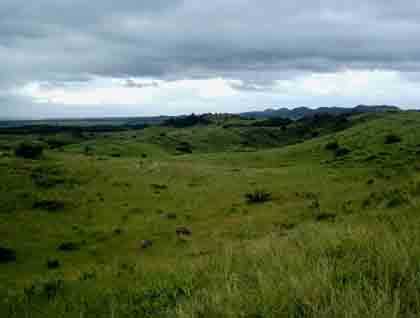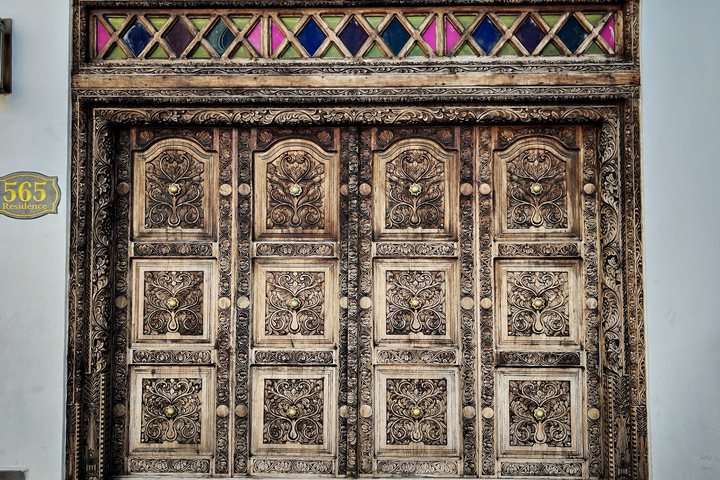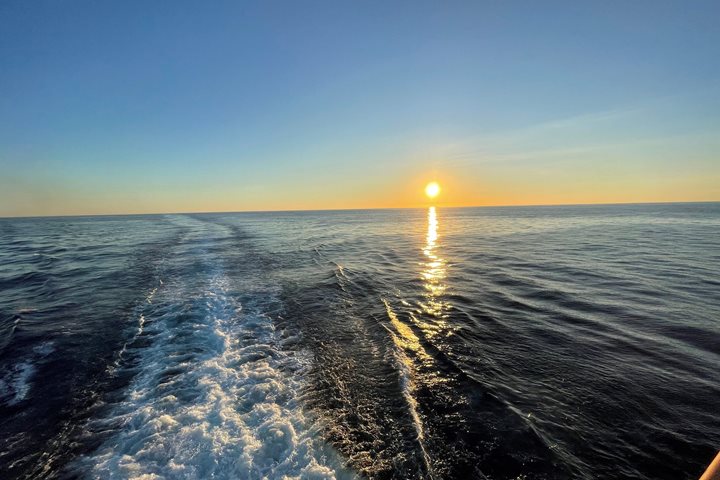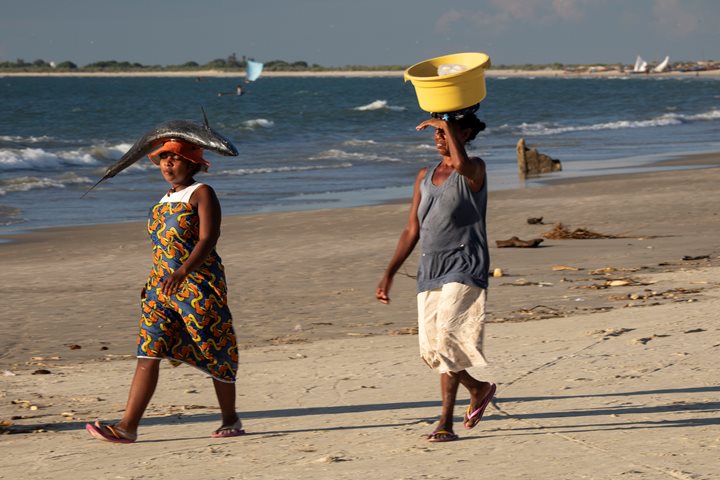We arrived early this morning off the deep water harbor of Richard’s Bay, only to have to wait several hours for the required pilot to board our vessel before we could berth alongside. No matter, we still were able to go ashore right on schedule. This is one of the largest harbors in Africa and dates back to the Anglo-Zulu War of 1879. Nowadays, it is the main export facility for mined ores and coal, as well as products from other industries such as the smelting of aluminum, or aluminium if you prefer, and the manufacture of synthetic fertilizers. For our purposes, however, Richard’s Bay was an ideal jumping off point to explore the wonderful natural history of Zululand. These next two days would prove to be our biggest adventure yet of the voyage as we dedicated our time to experiencing the famous megafauna of wild Africa.
Today, we explored the expansive iSimangaliso Wetland Park and Game Reserve. It is South Africa’s third-largest protected area and as the name implies, there are two aspects to this famous park. We took advantage of our time here to explore both of them. During the morning, half of our group went for a game drive through the surrounding rolling hills known as Eastern Shores to look for terrestrial wildlife, while the rest of us enjoyed a boat ride in the St. Lucia Estuary in search of aquatic wildlife. We switched activities in the afternoon. Eastern Shores reserve was planted with eucalyptus and pine trees for forestry products in the distant past, but those agriculture trees are gone now and the region has been protected for several decades and has a real wildness about it. It is a semi-open savanna habitat, with more heavily-forested regions in the more protected valleys and gorges. People come from all over the world to enjoy bird-watching in this park, because it has one of the highest avian species diversities on Earth. It also holds many iconic African mammalian species, including monkeys, elephants, rhinos, warthogs, zebras, many types of antelopes, and numerous predators (although lions are conspicuously lacking). And, we saw most of them during our game drives.
The St. Lucia Estuary is famous not only for birds, but also for its large population of hippopotamuses and crocodiles. In fact, the population of hippos, which numbers more than 1,000 individuals, provides one of the best locales to view them anywhere in Africa. We certainly saw lots of them. We were also able to observe some interesting behaviorisms, such as feeding along the edges of the dense elephant grasses, sparring among young males, yawning threat displays, playful babies, bubble-blowing from below the surface (we couldn’t determine which end of the animals produced these bubbles), body rubbing, and general lazing about and bobbing at the surface while watching us watching them. Only one crocodile was seen, and it wanted nothing to do with the hippos, which is understandable. It is somewhat surprising to realize that these appealing, lumbering hippos are the most dangerous large animals in Africa—much more so than lions and crocodiles.
All in all, we put together an impressive list of species sighted today, but we knew there would be much more in store for us tomorrow. Since this was an overnight excursion, we divided ourselves among four different hotels and lodges in the town of St. Lucia in order to guarantee an early start tomorrow morning at the magnificent Hluhluwe-Imfolozi National Park, the second half of our wildlife experience in Zululand.







